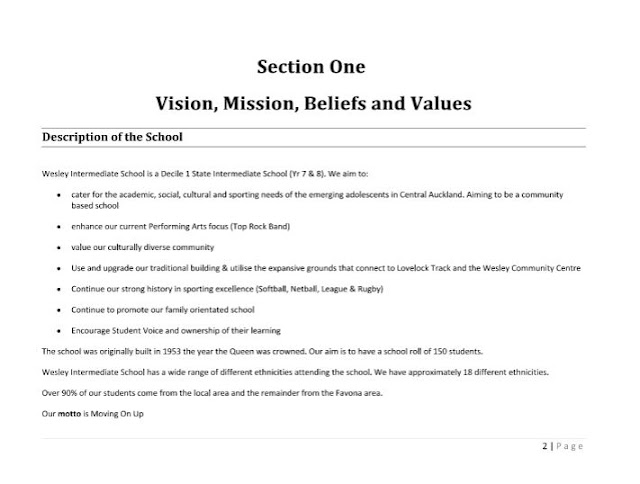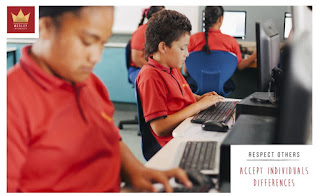Summarising your Postgraduate Learning Journey and your planning towards the future:
Create a blog post where you reflect on your personal 32 week learning journey through the whole postgraduate programme. Identify and evaluate your most significant learning outcomes and outline your future goals by mirroring them against the Registered Teacher Criteria in e-learning area. If you want, you can choose to focus just 4-6 out of the 12 criteria.
- Criteria 1: Establish and maintain effective professional relationships focused on the learning and well-being of all ākonga.
The students at my school have been able to use e-learning tools like survey monkey to provide feedback for our PB4L initiatives that we have already outlined in other parts of DCL course. The preferred features of the LEAN canvas was collected and meant that we got good customer validation and thus we were able to use it to inform our pivot and changes to the next CANVAS. My Goal in this criteria would be continue using customer validation (student feedback) to inform practice with the PB4L application development, with the aim of creating an app that students will be able to use to track their PB4L incentives in a gamified manner at school.
- Criteria 2: Demonstrate commitment to promoting the well-being of ākonga.
I have been able to use the online/ICT lesson for PB4L to teach our students about acceptable online behaviour and to set them up as global online citizens who act with respect for others, themselves and their environment in the online environment. I have a goal of being able to incentivise the values so that it will be linked to criteria 2 as it promotes the well being of all students and teachers at the school.
- Criteria 3: Demonstrate commitment to bicultural partnership in Aotearoa / New Zealand.
Even though our school is at the start of the journey to being more responsive, we have done alot recently to grow in our capacity as agentic teachers. By attending PD on Ka Hikitia our BOT and staff will gain huge insight into increasing achievement for our Maori students. The plan is already in place for BOT training with NZSTA and so I am really excited about seeing the changes implemented as shared by Mike Hall in the previous post.
- Criteria 4: Demonstrate commitment to ongoing professional learning and development of professional personal practice.
I have been overwhelmed with the amount of professional development provided by the Mindlab course this year and have also grown in my ability to provide more engaging opportunities for my learners. I have also decided to continue pursuing further studies in the years to come as a result of the success I have experience in the academic achievement during this course. At school, I can see a lot of growth that will be provided this year through the partnership of the Ako Hiko trust. We have already gained PD in running a blog and some other PD on the philosophy of Learn, Create and Share. I am looking forward to the growth of our third e-learning class next year as well.
- Criteria 5: Show leadership that contributes to effective teaching and learning.
I have provided a lot of support for our staff along with Gerhard our IT specialist in the areas of Blogging and sharing the news through our news blog this year. However I am a little worried that some teachers consider working on the community as not real teaching so will hope to win them over this year, with some positive PD for blogging and sharing students work online.
Lastly My hopes and my future dreams of professional practice -
I hope and dream that one my application will be available for students at my school and that PB4L takes it seriously enough to pay me to implement it in other schools. Effectively speaking I would like to undertake a course of study that will justify its implementation and use with the professional practice of behaviour management professional development. The ministry currently has a programme to sub-contract the work of PB4L cluster teachers and I would love to be able to be one of these contractors but I require more training and leadership experience. I have been mentored by a former principal in this area and am excited by the prospect to study more and gain experience in the digital, and behavioral fields of practice. I am sincerely thankful to Mindlab team for the hard work in teaching us and for inspiring me to pursue my dreams!
Do the difficult things while they are easy and do the great things while they are small. A journey of a thousand miles must begin with a single step.-Lao Tzu











